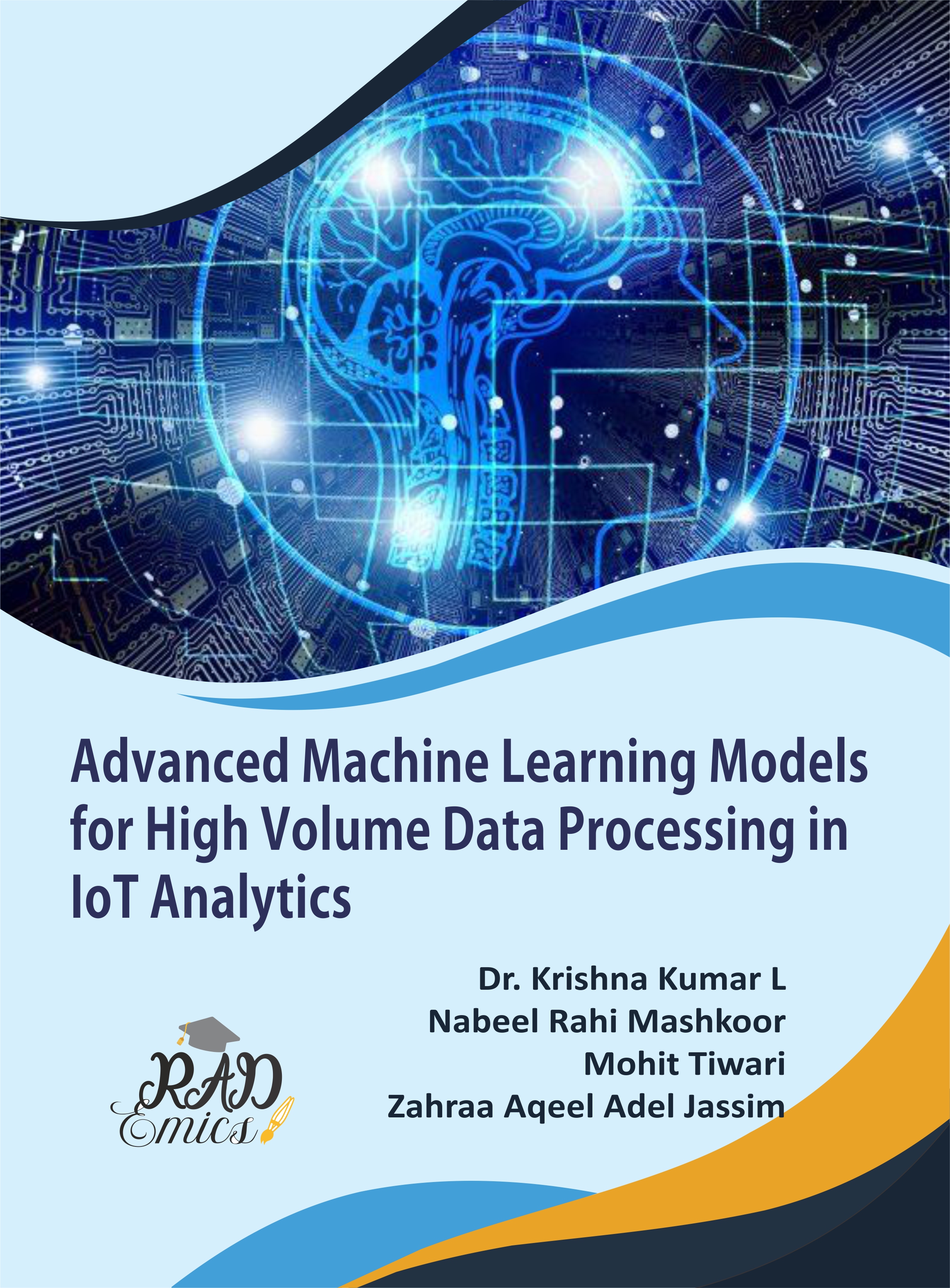
Abstract
The proliferation of IOT devices has led to the generation of vast and complex datasets, presenting both significant opportunities and formidable challenges for data analytics. This book chapter provides an in-depth exploration of advanced techniques for optimizing model training and hyperparameter tuning specifically tailored to IoT data. Key areas covered include the intricacies of IoT data characteristics, the impact of data quality issues on model performance, and the challenges associated with high-dimensionality and complexity. Special emphasis was placed on innovative strategies for mitigating data imbalance, ensuring robust real-time data processing, and designing effective analytics architectures. Through a comprehensive review of state-of-the-art methodologies and practical case studies, this chapter aims to bridge the gap between theoretical advancements and practical applications. The insights offered are crucial for enhancing the accuracy, efficiency, and scalability of predictive models in dynamic IoT environments.ÂÂÂ
Introduction
The rapid expansion of IOT technologies has ushered in an era where vast quantities of data are generated continuously across various domains, including smart cities, healthcare, industrial automation, agriculture, and retail [1,2]. This explosion of data presents both unprecedented opportunities and significant challenges [3]. As IoT devices proliferate, the sheer volume, velocity, and variety of data produce necessitate advanced methodologies for effective analysis and model training [4]. The ability to leverage this data to gain actionable insights hinges on optimizing the analytical processes and techniques applied to IoT datasets [5].
A critical aspect of managing IoT data was understanding its intrinsic characteristics, which include high dimensionality and complexity [6]. IoT datasets often consist of numerous features collected at high frequency, resulting in data that was not only vast but also intricate [7]. The high-dimensional nature of this data poses challenges for traditional analytical methods, which struggle to process and interpret such complexity efficiently [8]. Furthermore, the presence of noise, errors, and inconsistencies within IoT data can significantly impact the accuracy of predictive models, necessitating sophisticated preprocessing and cleaning techniques to ensure data quality [9].